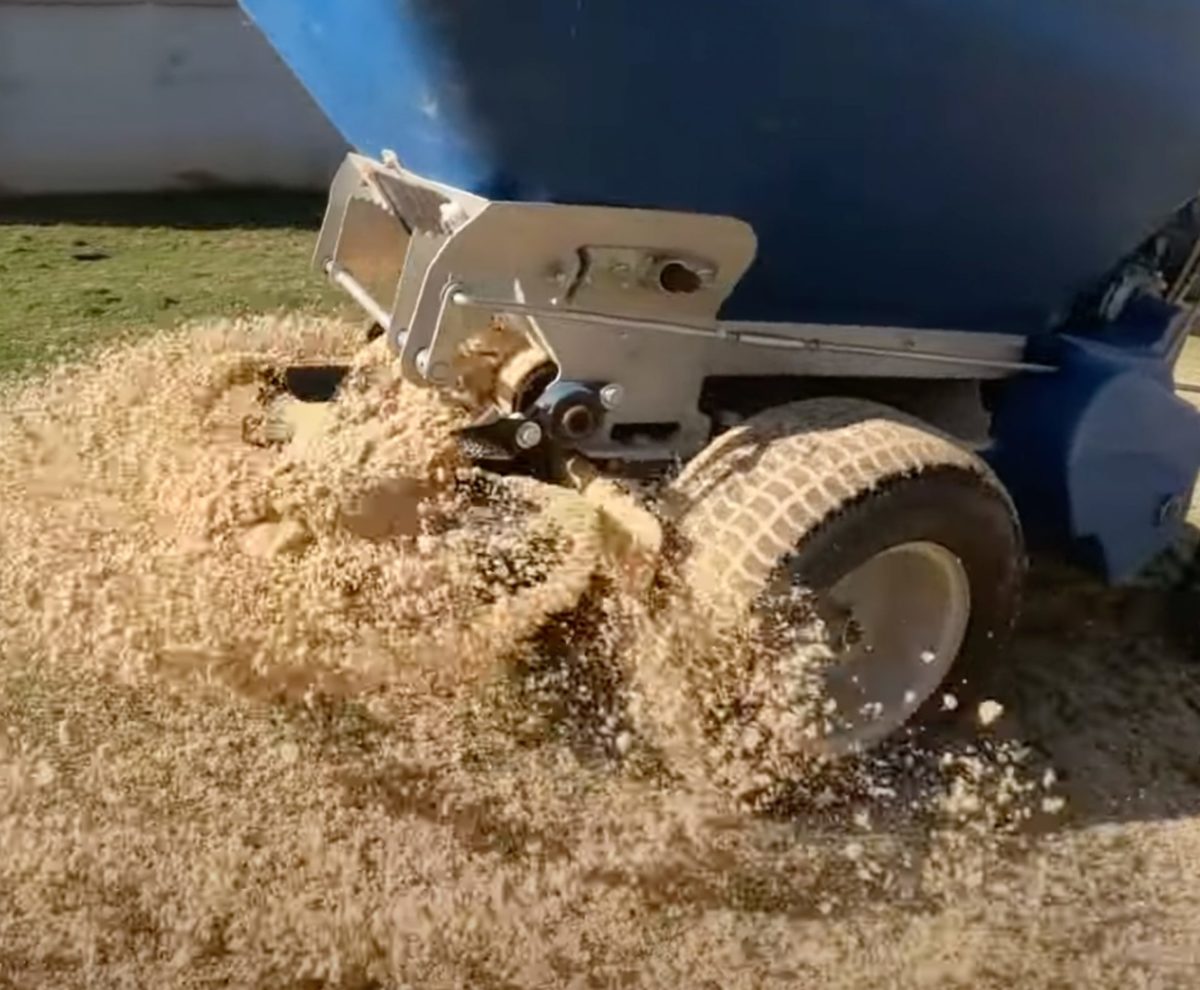How to Properly Perform Lawn Leveling

Posted on December 13, 2022 by Jeremiah Sooter
Whether you have an existing lawn or newly laid sod, it’s not uncommon to experience unevenness throughout your yard. Without proper lawn leveling, standing water can become a problem and put your home’s foundation at risk of unwanted flooding.
With brand-new sod, the topsoil beneath should not be tampered down too much, or the grass may take longer to establish itself. On the other hand, an existing lawn can have all sorts of uneven yard problems caused by moles, family pets, frost heaves, or erosion processes.
Lawn Leveling Technique
When it comes to the lawn leveling technique, it’s pretty straightforward, but as a general rule, the method gets used to level gardens, dirt driveways, and help spread lawn seed.
The technique is an excellent alternative for homeowners in the Midwest. The natural soil makeup in the four states allow homeowners to use a soil mix alternative to fertilize a lawn, often consisting of 70 percent sand and 30 percent organic matter, like a compost or a topsoil.
Steps to Lawn Leveling
Before lawn leveling and divot repairs can begin, let’s talk about the four primary steps taken to level a lawn:
- Scalp, catch, and dethatch
- Top dressing the lawn
- Smooth out the top dressing
- Water and watch
Scalp, Catch, and Dethatch
The first step to lawn leveling is to scalp it, but make sure to have your lawn mower bag on to catch all those clippings. Because if you have a warm-season grass, you are likely accustom to leaving the bag off to allow the clippings to feed your Bermuda lawn between cuttings.
If, after scalping your lawn, you still notice a buildup of old grass clippings or dead stolons, you will need to perform a dethatching.
Top Dressing the Lawn
In top-dressing a lawn, it’s best to utilize a lawn spreader. Most lawn care professionals use an industrial spreader often used by golf course superintendents across the United States.
That’s because the faster the machine goes, the wider the spread, and the quicker the lawn leveling process. For example, 24 yards of top dressing in roughly 4 hours is often achievable with an Ecolawn 250.
Smooth Out the Top Dressing
After the top dressing is spread, different lawn levelers get used to even out the top dressing to work in between the blades of grass. Often professionals will use a combination of manual and mechanical tools to smooth out the top dressing using the flat edge to work in areas in your lawn.
- Hand rakes and brooms
- Ryan Knorr hand lawn leveler
- Drag mat, which can cover a wider swath of grass
Water and Watch
After completing the yard leveling, it’s super important to water your lawn. Nowadays, depending upon where you live in the four states, you may have conservative water restrictions, so water deeply by hand in those areas that appear to have more top dressing than other spots.
Then pick up on your regular water sprinkler schedule for your area by completely saturating your lawn. Afterward, you’ll notice the top dressing settle into place, closer down near the grass root; giving you entire yard a level appearance.
Core Aerating Lawns
As a good follow-up step, in three to six weeks following the leveling, hire a team of lawn care professionals to come out, and core aerate. The good news is you can core aerate ahead of lawn leveling too. But the core plugs should be removed ahead of time to prevent unsightly spotting or yellowing.
Lawn Care Maintenance
If you’re a homeowner looking for chemical-free fertilizer such as compost and topsoil mixture for top dressing, call the team at Ground Up Services LLC today at (417) 439-1009, or schedule your service appointment online now! Their team of professionals can help you with additional yard and drainage services.
- Drainage Management
- Landscape Services
- Yard Regrading
- Basement & Foundation Waterproofing